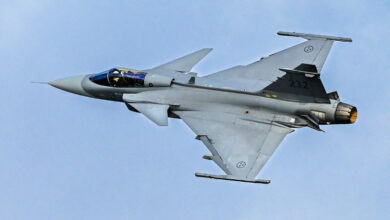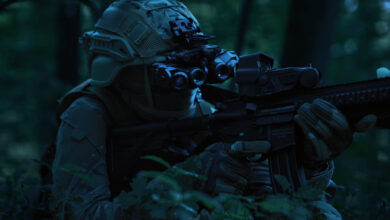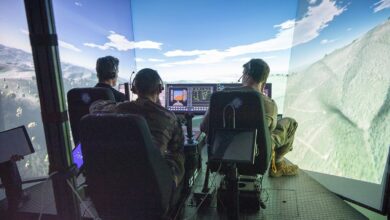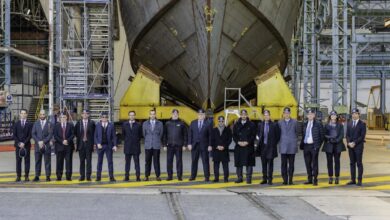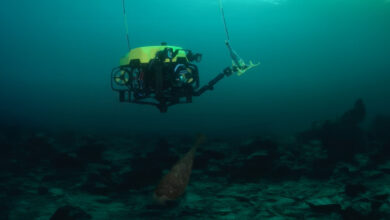French Special Forces to Trial Upgraded Zapata Flying Platform
French special forces will begin testing an individual air-mobility platform developed by former world jet ski champion Franky Zapata’s company, minister of the armed forces Florence Parly revealed at the 2021 Defense Innovation Forum.
Parly explained that the decision was made after Zapata Industries made structural changes in Flyboard Air’s design to “improve the acoustic discretion, the autonomy of the Flyboard and to optimize the mass of its engine.”
“Soon, the special forces will experiment with an individual flying platform, piloted, derived from the Flyboard-R {Air}, leaving the pilot’s feet and hands free. I am waiting to see that,” French news outlet Zone Militaire quoted her as saying.
$1.47 Million Platform Improvement Grant
The French Ministry of Defense granted 1.3 million euros ($1.47 million) to Zapata Industries in 2018, requesting that the company remove structural constraints that hampered the platform’s suitability for military operations.
According to the outlet, the French military’s Special Operations Command had identified the platform’s potential for a range of tasks such as “reconnaissance, to carry out infiltration/exfiltration missions, to serve as a flying logistics platform, to reduce the intervention time of a patrol, or even to be used as an assault vehicle.”
However, the platform was found unsuitable because it was too conspicuous, and its fuel consumption was high (200 liters of kerosene per 100 km or 62 miles).

Flyboard Air
Parly stated that other nations are also experimenting with such seemingly “crazy” hyper-mobile projects and that the special forces could find it useful in the future.
The turboprop engine-platform can fly up to an altitude of 3,000 meters (9,800 ft), at a top speed of 200 km/h (124 mp/h) for 10 minutes with a maximum carrying capacity of 120 kg (264 pounds).
The two-engine platform can continue flying if one engine malfunctions, and if both the engines stop, it allows the pilot to make a controlled landing.





